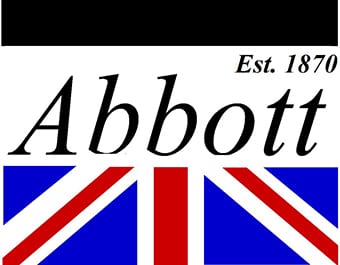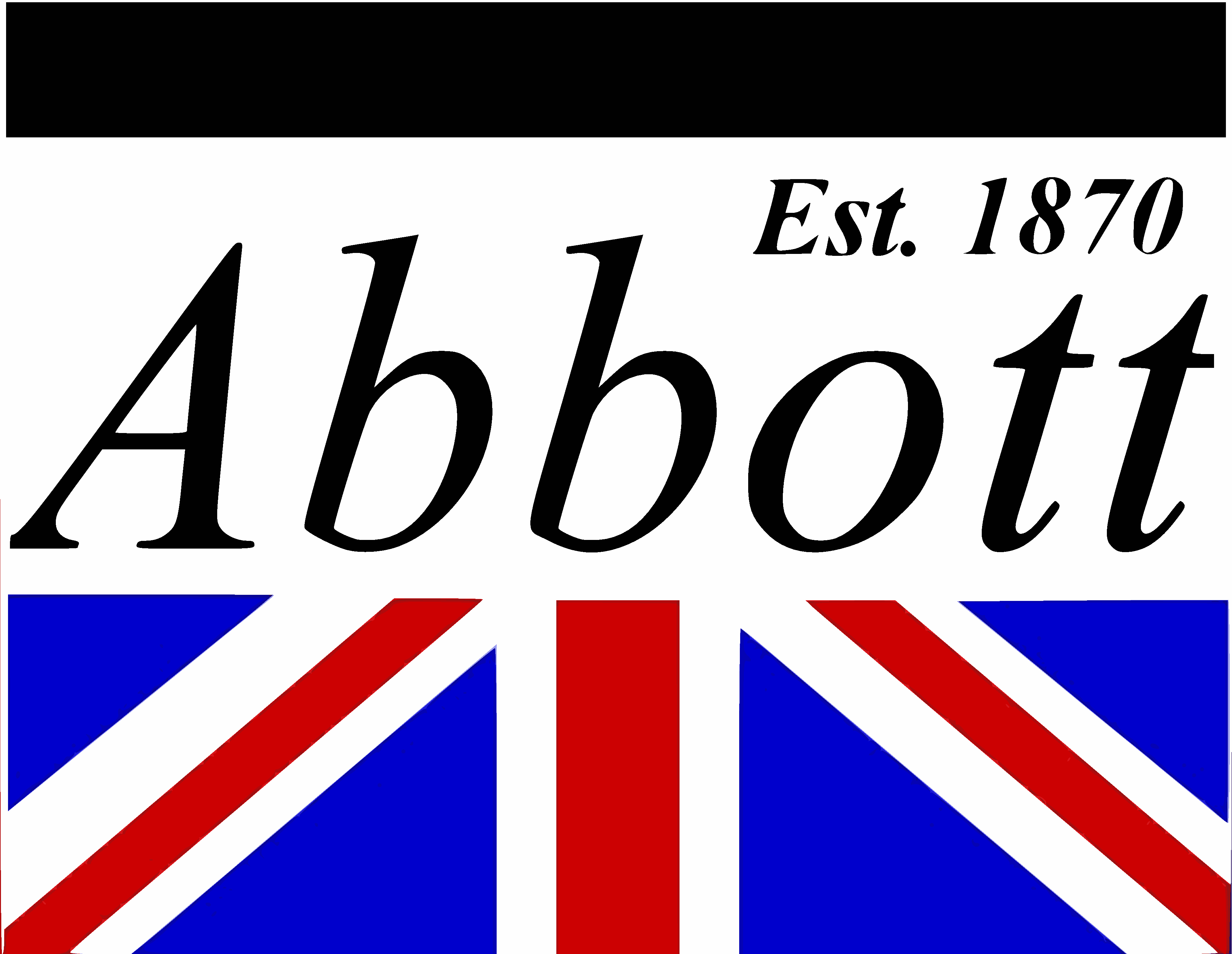
by web4less | Mar 1, 2014 | Uncategorized
The photo below shows an abbott drinking water surge vessel for a UK water authority – for installation in a pumping station. The paint finish used is WRAS or DWI approved. A good range of coatings listed below can be used for this application. Water Regulations...

by web4less | Feb 27, 2014 | Uncategorized
In the good old days We used weld procedures for welding carbon steel pressure vessels and air receivers to British standards BS 4871 and BS 4870 part one. These days a lot has changed and the process involves a number of stages. Nowadays we start with the welding...

by web4less | Feb 21, 2014 | Uncategorized
We manufacture our pressure vessels and air receivers with Bureau Veritas (BV) approvals. As air receiver and pressure vessel manufacturers we must comply with strict regulations and codes in order to market our equipment. In Europe, USA and India, manufacturers must...

by web4less | Feb 4, 2014 | Uncategorized
The photo below shows the identification tag on a roll of ESAB Aristorod 1.2mm mig welding wire. In conjunction with our ISO9001 quality manual and EN287 and EN288 weld procedures / approvals we use this wire for some of our basic P265GH carbon steel pressure vessel...

by web4less | Jan 30, 2014 | Uncategorized
This stack of dished and flanged ends has been machined on a vertical borer. The preparation on the dish end will be used to produce a clean weld to the main pressure vessel shell plate. In accordance with our approved world procedures to meet the requirements of...

by web4less | Jan 27, 2014 | Uncategorized
Openings in the shell of a pressure vessel naturally introduce a weakness at that point. The bigger the opening the greater the compensation required to make up for it. Different pressure vessel design codes use different methods to calculate the amount of...

by web4less | Jan 24, 2014 | Uncategorized
These conical pressure vessels are built to PD 5500 conveying powders in a process plant. Built TO PD5500 cat 2 the mig welded joints have been tested using ultrasonics

by web4less | Jan 22, 2014 | Uncategorized
Oval Manway access doors Air Receiver and Pressure Vessel Inspection Openings We have made this batch of doors for a selection of 1220 mm Diameter air receivers. Tested to be used to over 16 bar they are profiled from P265Gh pressure vessel grade steel, welded using...

by web4less | Jan 18, 2014 | Uncategorized
This short video shows our Bronx rolls running at capacity with an 8 foot wide 20 mm thick piece of boilerplate. This low-temperature material with its higher strength makes the rolls work a bit harder than usual. The plate is a low temperature grade BS 1501 225 490B...

by web4less | Jan 18, 2014 | Uncategorized
This, the first of two short videos shows the edges of boilerplate being pressed to prepare the edges so there is no flattening at the seam – ready to be used on our bronx pyramid roll set. The plate is 20 mm thick BS 1501 225 490B LT50 and is at the maximum...

by web4less | Jan 17, 2014 | Uncategorized
This section of a pressure vessel is conical and will be welded to a shell and end to form a pressure vessel in a process plant- built to PD 5500.

by web4less | Jan 17, 2014 | Uncategorized
These dished and flanged pressure vessel heads are made from boiler quality plate and leave the furnace at around 1000° before being pressed into the dished head for use on a pressure vessel. Our in-house dished end manufacturing facility allows us to ensure all...














Recent Comments